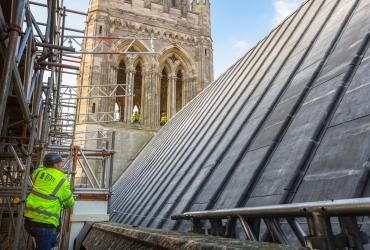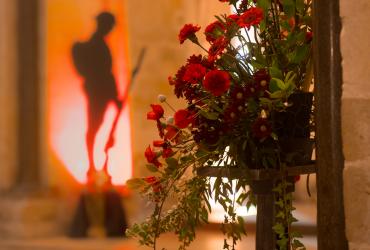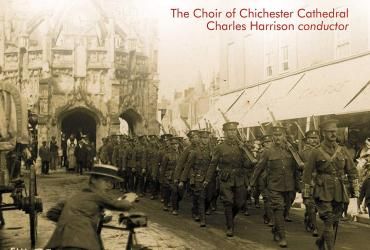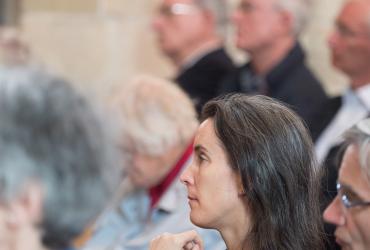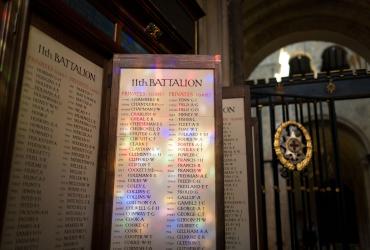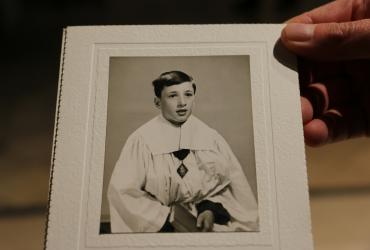Canon Lane
Running parallel to the city’s West Street, on the southern side of the Cathedral, Canon Lane connects Chichester’s South Street to the Bishop’s Palace and Gardens.
This historic lane has evocative medieval arches at either end, and contains many of the Cathedral’s listed buildings. The Cathedral’s governing body are the custodians of a number of properties that make up this 'historic Cathedral quarter' of the city.
